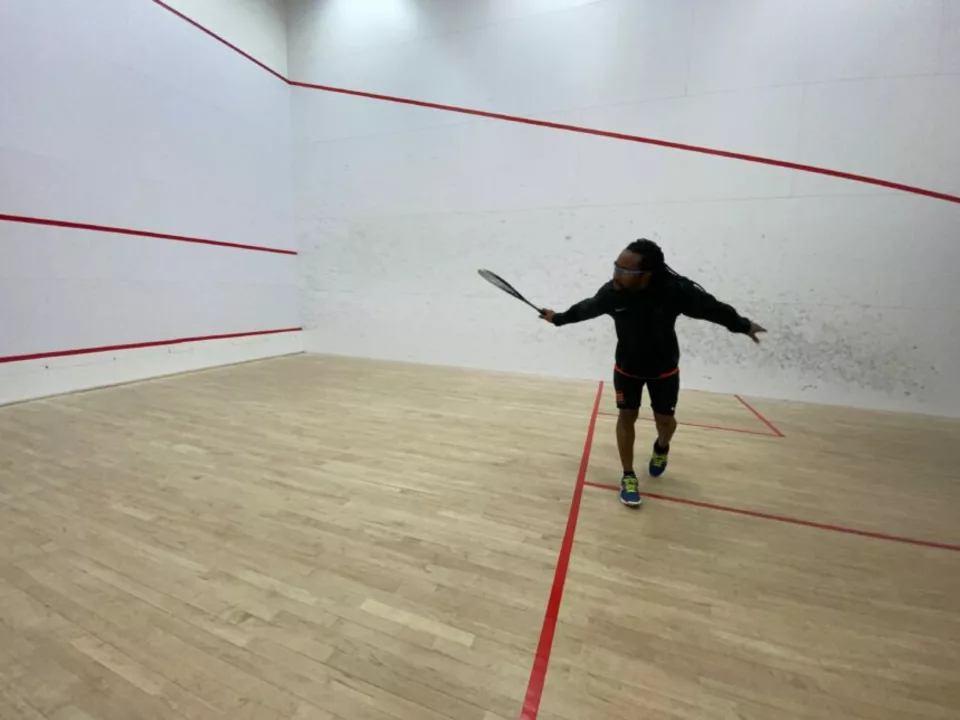How to Improve Your Tennis Game – Simple Steps for Faster Progress
If you’re tired of hitting the same weak shots, you’re not alone. Most players hit a plateau because they stick to the same routine. The good news? A few focused changes can make a big difference. Below are practical tips you can start using today, whether you’re a beginner or a seasoned club player.
1. Nail the Basics First – Before you chase fancy spins, make sure your grip, stance and footwork are solid. Grab a racquet and practice the continental grip for serves and slices, then switch to the semi‑western for topspin forehands. Do this in short 5‑minute sessions so the muscle memory builds without fatigue.
Drills That Actually Work
Shadow Swings – Stand in front of a mirror or an empty court and swing slowly. Pay attention to the path of your racquet and the position of your wrist. This visual feedback helps you correct a bad swing before it becomes a habit.
Target Practice – Place cones or towels inside the service boxes. Aim to hit those spots with each forehand and backhand. The drill forces you to control depth and direction, which translates to more consistent rallies.
Footwork Ladder – Use a simple agility ladder (or draw one with chalk). Run forward, side‑to‑side and back‑pedal through the rungs. Quick feet are the foundation of good court coverage, and a 10‑minute ladder routine boosts your speed without draining your arms.
Boost Your Fitness for Better Play
Stamina and strength matter just as much as technique. Incorporate short cardio bursts—like 30‑second sprints followed by a min of rest—into your training. Add core exercises (planks, Russian twists) to improve balance on high‑speed shots. You’ll notice longer rallies feel easier and your serves gain extra power.
Don’t forget recovery. A 5‑minute stretch after each session reduces muscle tightness and keeps you from skipping practice due to sore legs.
3. Use Local Coaching Resources – Gloucestershire offers a range of clubs with qualified coaches. A 30‑minute lesson can pinpoint the exact flaw in your swing, saving you weeks of trial‑and‑error. Look for group clinics; they’re cheaper and let you practice with peers who share the same goals.
4. Track Your Progress – Keep a simple journal. Write down what drill you did, how many successful hits you got, and any feel‑good moments. Review it weekly; spotting patterns helps you stay motivated and adjust your plan.
Finally, stay curious. Watch a match, pick one shot you admire, and try to replicate it in practice. The combination of focused drills, fitness work, and local coaching will steadily push your game upward.
Ready to see results? Grab a ball, head to the nearest court, and start with the shadow swings. In a few weeks you’ll notice tighter shots, faster footwork, and more confidence on match day.
Sports & Fitness

Does watching pro tennis improve your game at all?
Watching pro tennis can help players improve their game in a number of ways. Players can learn from watching the strategies and techniques used by top players and use that knowledge to become better players themselves. They can also get an idea of the kind of physical and mental effort needed to perform at a high level and use that knowledge to push themselves to reach a higher level of play. Furthermore, watching pro tennis can provide motivation to practice and work hard to achieve success. All in all, watching pro tennis can be an invaluable tool for improving one's game.